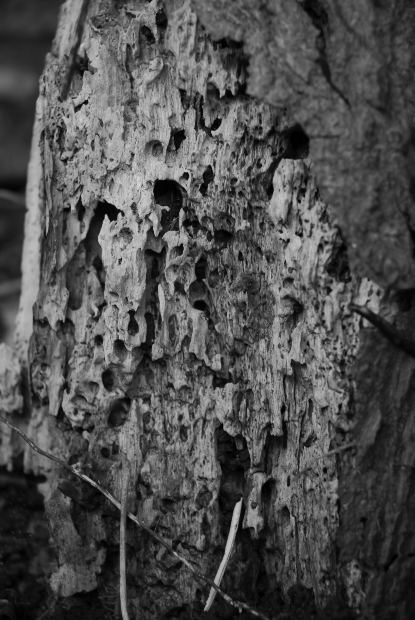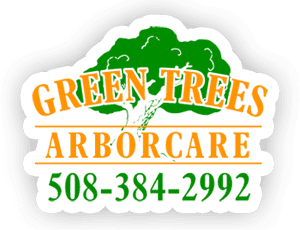
How to Identify a Diseased Tree
The life cycle of a tree is a beautiful thing, especially here in the Northeast. However, a diseased tree can be an eyesore and a potential threat to your property.
The typical life of a healthy, leaf-bearing deciduous tree includes: sprouting in the spring, leaves turning brilliant colors of red, orange, and yellow in the fall, drying out and leaves falling off in the winter, and the tree coming back to life again come springtime.
Trees have the ability to adapt to and withstand harsh conditions, such as extreme weather patterns here in New England. However, it is not uncommon for a tree to become diseased. The tree will do its best to try to fight the disease, but even the oldest and sturdiest trees can lose the battle. Once a tree becomes weakened by one disease, like humans; it can become more susceptible to other diseases.
Anthracnose is a common disease in the eastern part of the United States that goes after hardwood trees, particularly American sycamores, white oaks, dogwoods and black walnuts. Root decay/root rot is another common disease for trees. The roots securely anchor a tree in the ground therefore if a tree has rotten roots; it makes the tree vulnerable to harsh conditions and runs the risk of being knocked over.
There is a difference between an unhealthy tree and dead or dying trees. An unhealthy tree can be caused by the elements such as rain, wind, and sun and often bounce back to health. A diseased tree often has the following telltale signs:
- Decay. Decay can begin from the inside of the tree, making it difficult to notice. However, if there is fungi or soft, crumbly wood present, that is a good indicator that there is decay in the tree.
- Weak branch unions.
- Cracks that create deep splits through the bark.
- Dead wood. Dry, lifeless wood that breaks easily does not allow a tree to bend in the wind. A tree in this condition should be removed immediately because it poses a large threat to your property.
- Uneven growth pattern from years of storms or improper pruning.
A diseased tree can pose a serious threat to you, your family, and your property. If you suspect signs of disease, please contact Green Trees Arborcare for information on pruning, tree care, and tree removal. Safety is always our number one priority. We can be reached at: 508-384-2992 or click here to reach us on the web.

